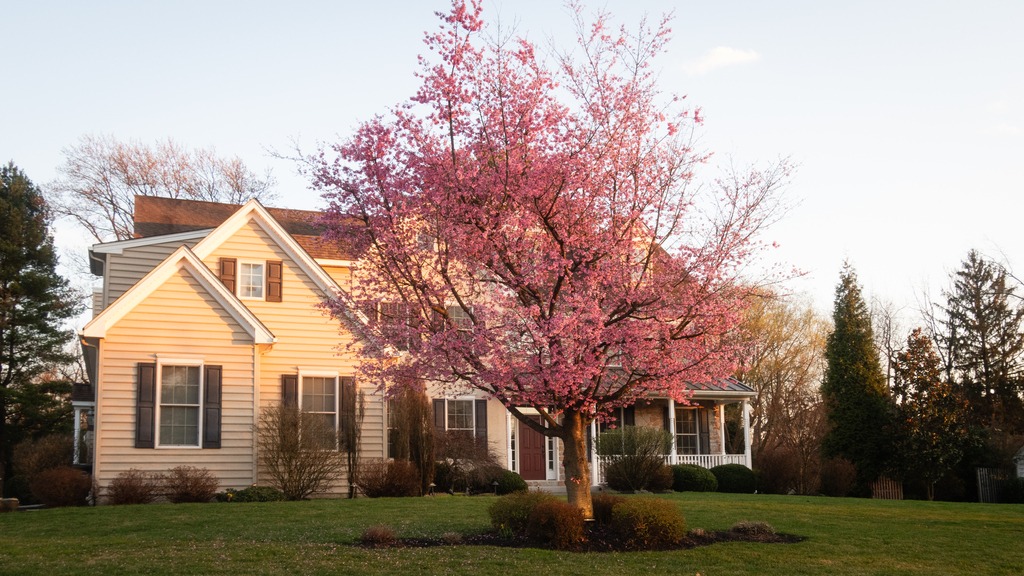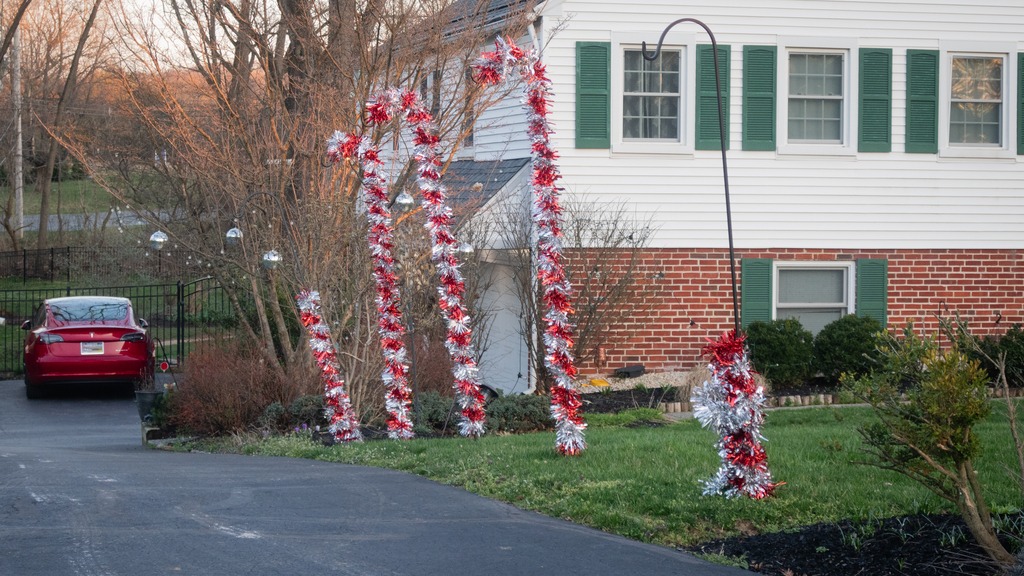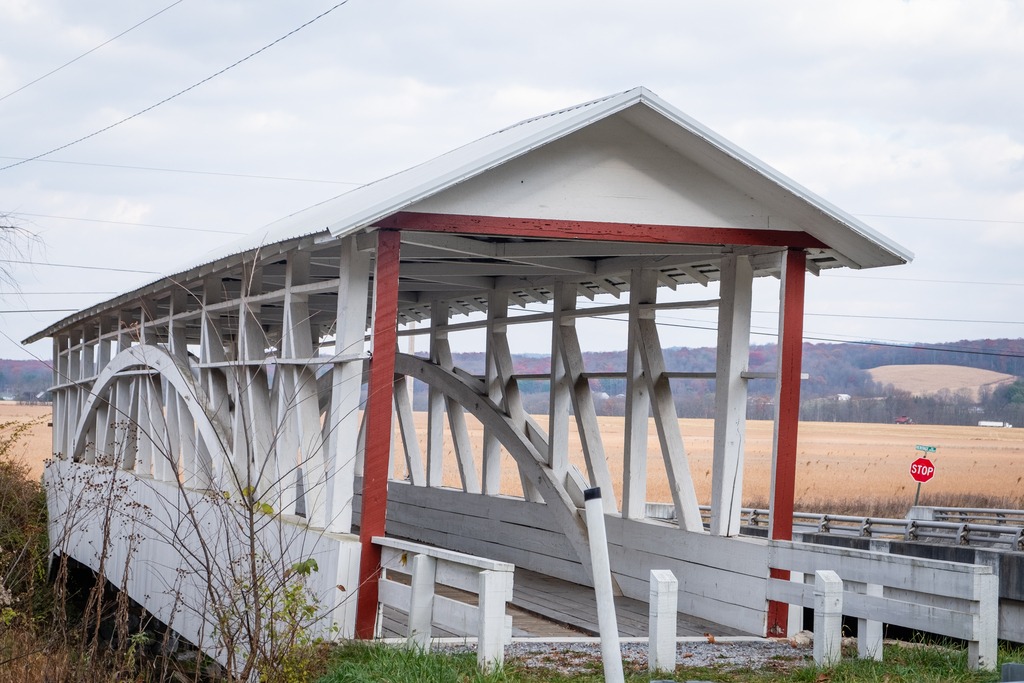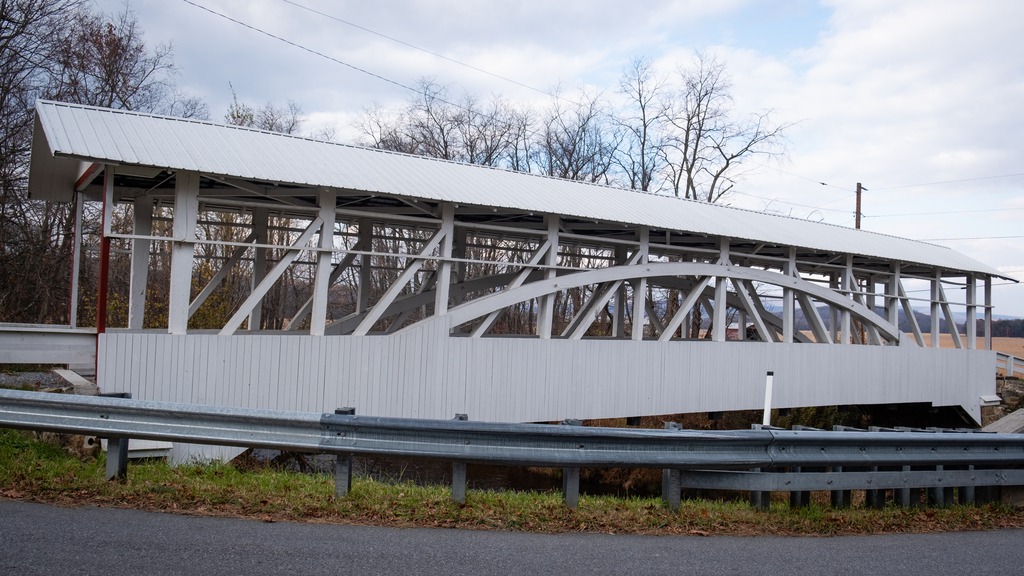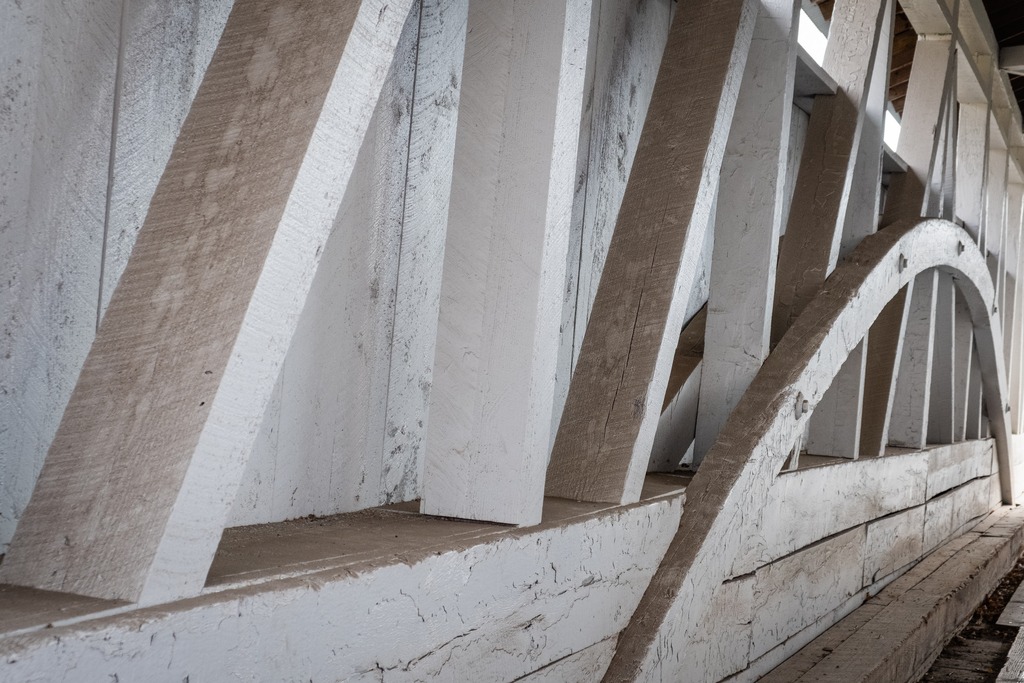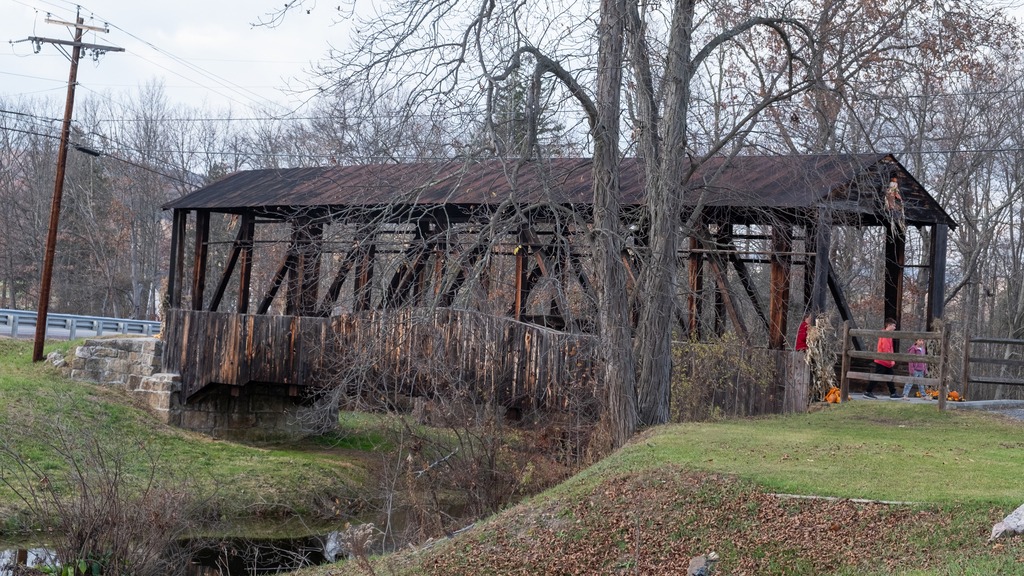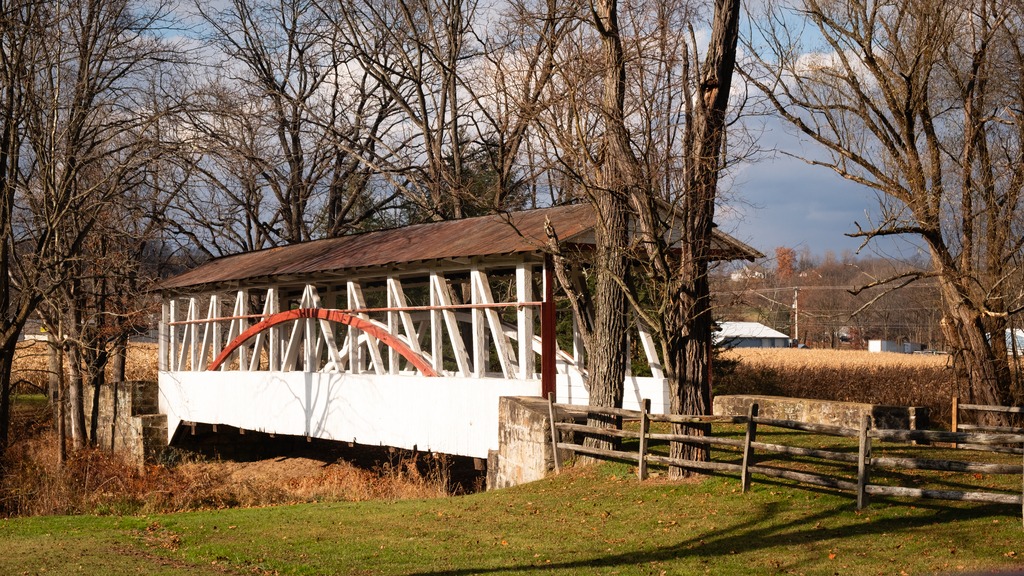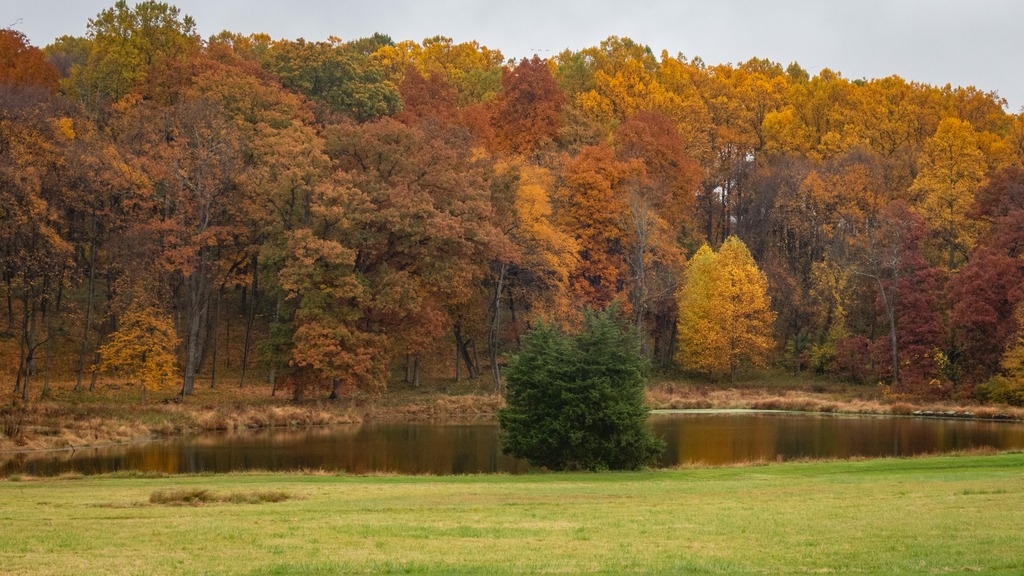I used my trip to the Poconos to stop and visit some historic covered bridges in the Allentown area.
My first stop was the Wehr Covered Bridge, a wooden covered bridge located in Lehigh County. It is a three span, 117-foot-long (36 m) Burr Truss bridge, constructed in 1841. It has horizontal siding and gable roof. It crosses Jordan Creek. It was listed on the National Register of Historic Places in 1980. There is and adjacent park, appropriately named Covered Bridge Park and a dam across Jordan Creek forming a small waterfall.
Another interesting bridge with a nice setting is Manasses Guth Covered Bridge. It is a wooden covered bridge near the Wehr Covered Bridge. It is a 108-foot-long (33 m) Burr Truss bridge, constructed in 1858, and rebuilt in 1882. It has vertical siding. It also crosses Jordan Creek and was listed on the National Register of Historic Places in 1980. There is some interesting architecture near the bridge.




The Geiger Covered Bridge is a is a 112-foot-long (34 m) Burr Truss bridge, constructed in 1860. It has vertical plank siding and an entry portal of stepped square planks. It also crosses Jordan Creek within the Trexler Nature Preserve. It was listed on the National Register of Historic Places in 1980.
Finally, the Schlicher Covered Bridge is a wooden covered bridge that is 108-foot-long (33 m) Burr Truss bridge, constructed in 1882. It has vertical plank siding and a gable roof. It crosses Jordan Creek near the Lehigh Valley Zoo. It was listed on the National Register of Historic Places in 1980
























































